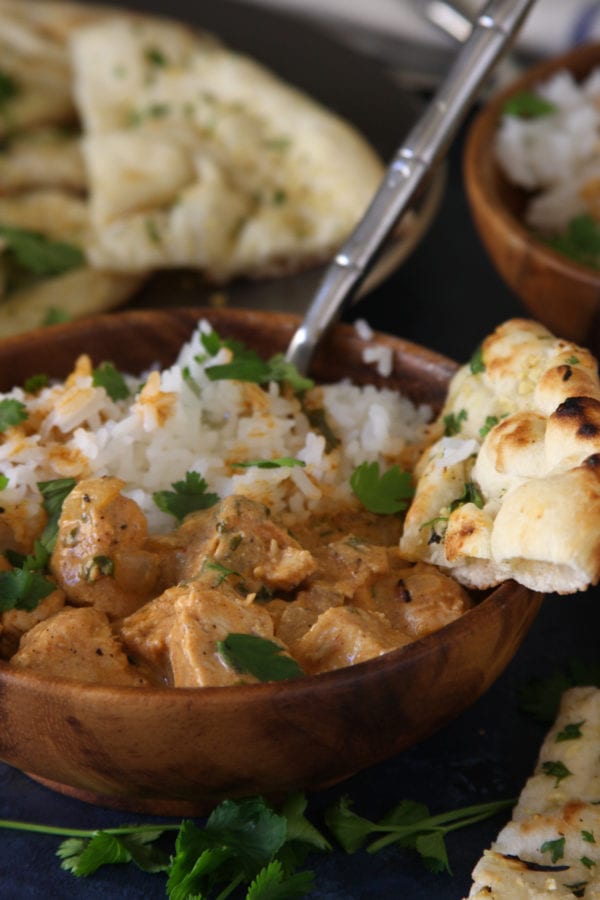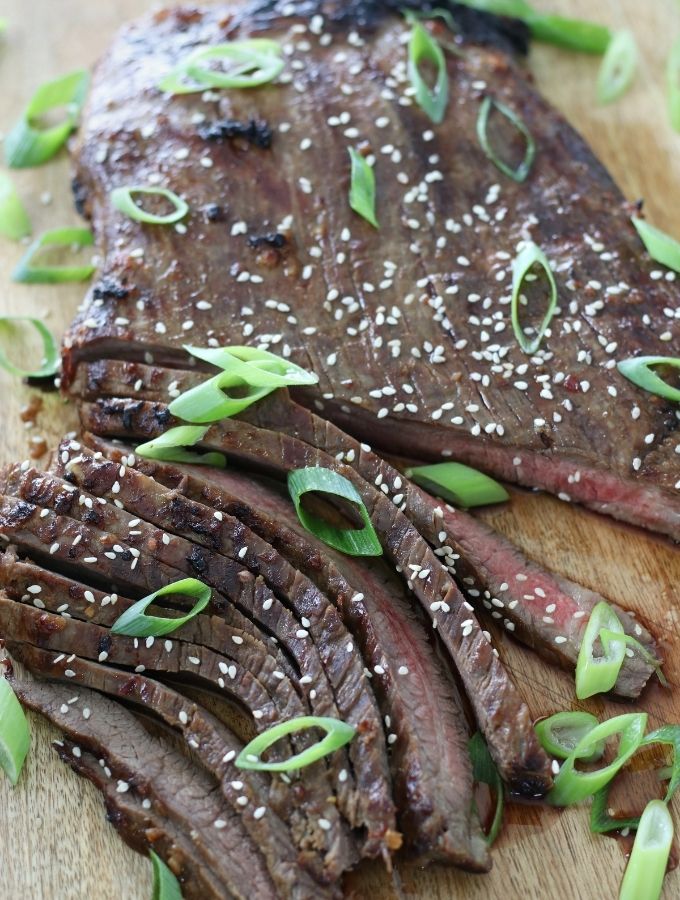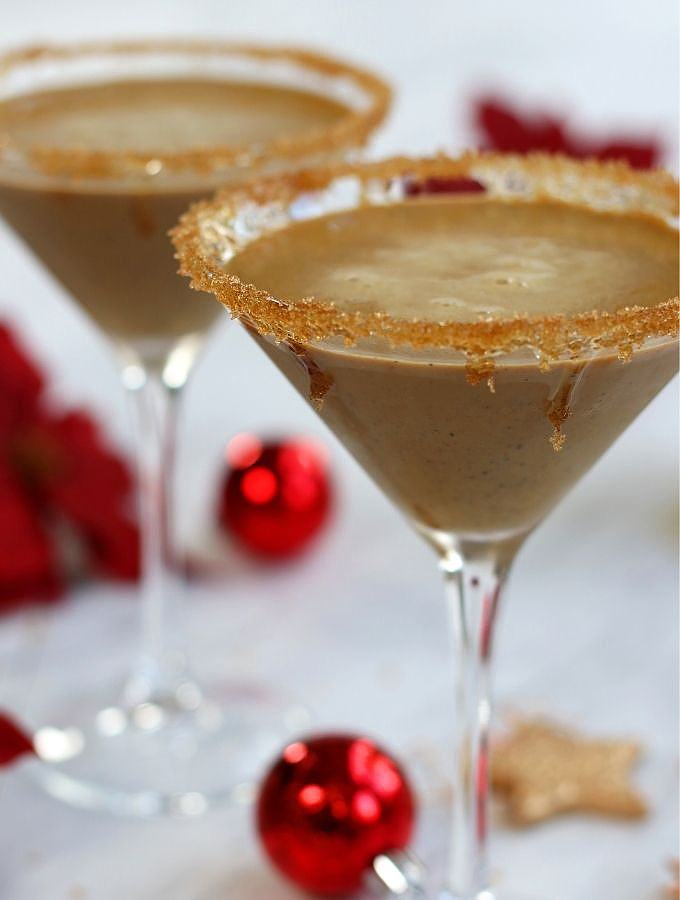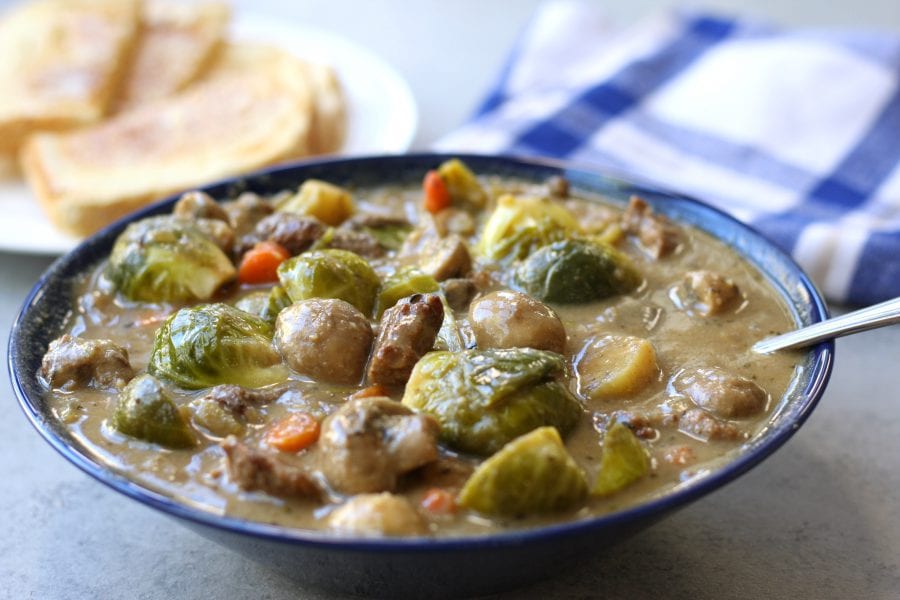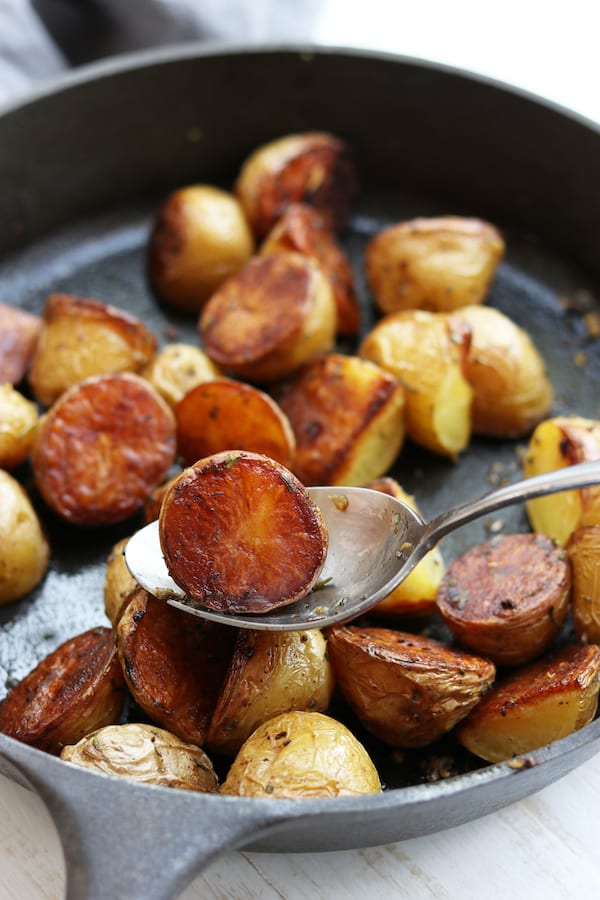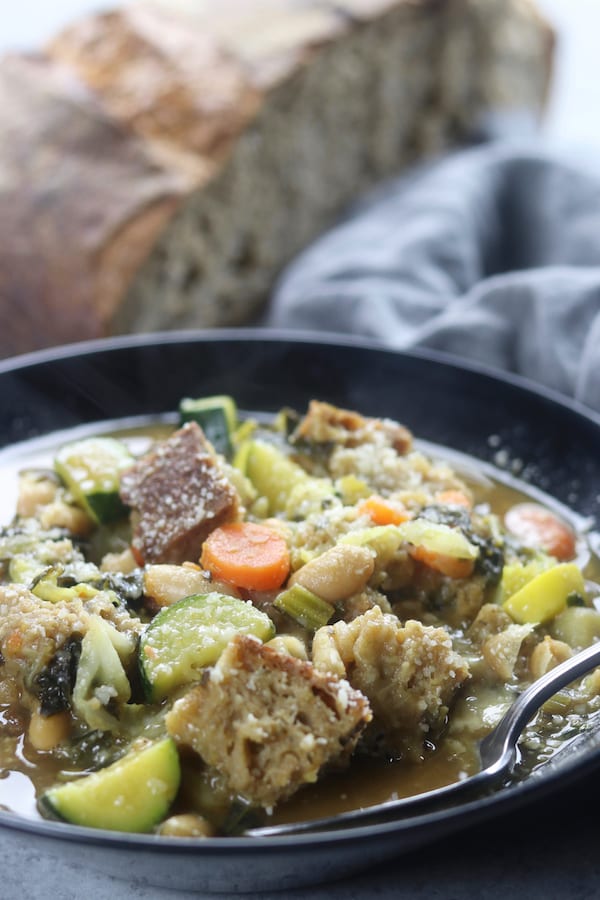Scrambled Eggs
Soft and fluffy Scrambled Eggs made with or without milk is incredibly easy to make with these tips and tricks. Use these eggs in breakfast tacos, burritos, on avocado toast or just eaten on their own. Regardless, this recipe makes the best Scrambled Eggs.
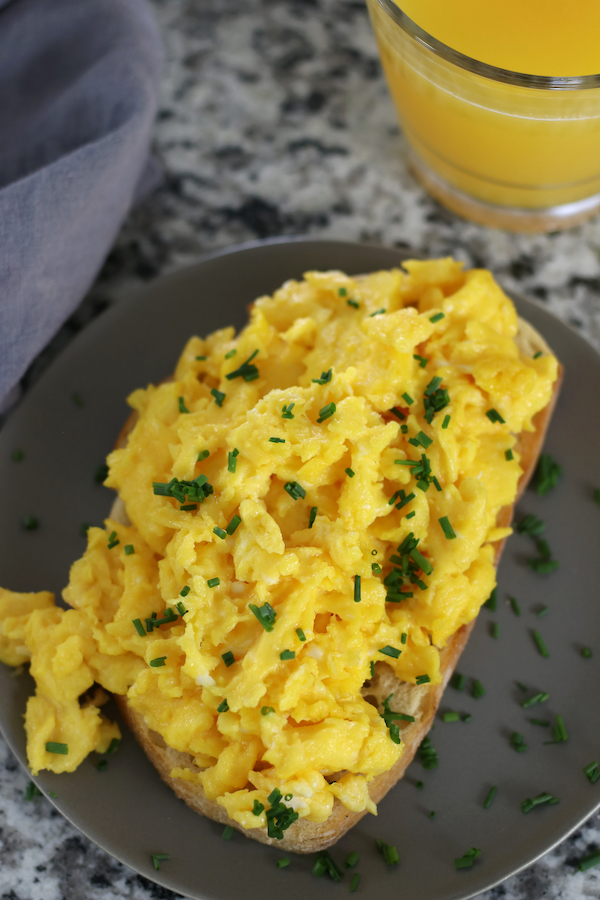
This post may contain affiliate links which I earn a small portion in sales if a purchase is made. Rest assured though, it is never at any additional cost to you.
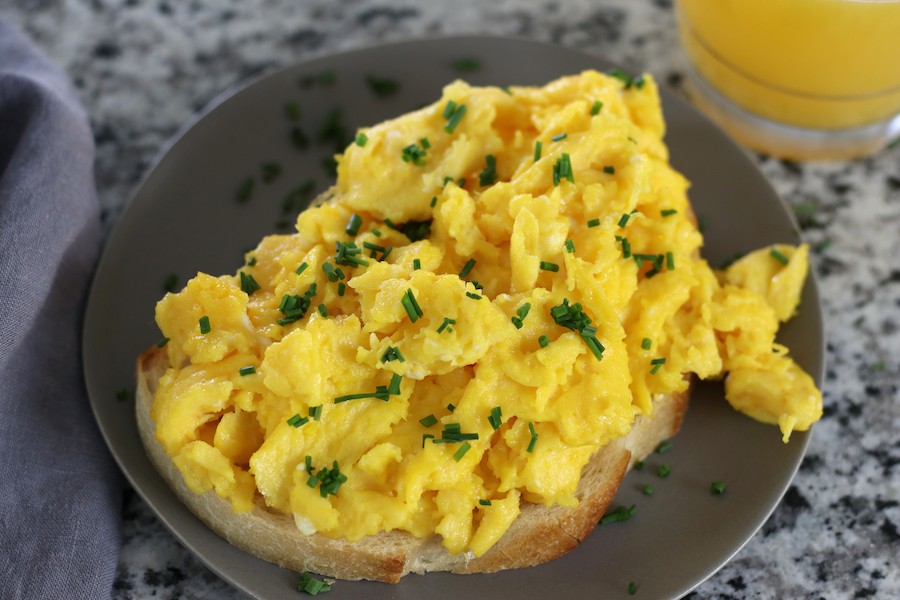
Ingredients Needed
The beauty of scrambled eggs is that it takes very minimal ingredients. However, this recipe is highly adaptable for many different taste preferences. See the “Variations” section below for more ideas.
- Large Eggs– Other sized eggs may be used. However, the serving sizes will vary slightly depending on how small or large the eggs are.
- Salt– Adding salt to the eggs before cooking (ideally before whisking too) allows the salt to dissolve. The result is thoroughly seasoned the eggs.
- Butter or Oil– Adding a small amount of fat to the pan before cooking the scrambled eggs will help to create eggs that are richer and have a better texture. Butter adds an immense amount of flavor. However, avocado or olive oil works beautifully also.
- Mayonnaise or Milk– These ingredients are completely optional. I enjoy the addition of either mayo or milk. However, my favorite type of scrambled eggs is with just eggs, salt and oil.
Milk vs Mayo
Scrambled Eggs made without milk or butter are incredibly tasty. You do not need to add them for a delicious breakfast. However, each one adds a little twist to scrambled eggs. The decision to add these ingredients really does boil down to a personal preference.
Milk– Adding approximately 1-2 tablespoons of whole milk to 4 large eggs will create a softer curds. However, the downside is that the flavor of the eggs will be diluted.
Mayonnaise– The addittion of 1-2 tablespoons of mayo to 4 large eggs will create a richer and more luxurious Scrambled Eggs. Similarly to adding milk, the addittion of mayo can dilute the flavor slightly.
Best Types of Eggs
In short purchase the best quality eggs that you can afford. Going deeper, eggs that are pasture raised, USDA A or AA stamped and Certified Humane or have an Animal Welfare Approved seal will be your best bet. Basically, the chickens from which these eggs come from are treated the way chickens should be treated. For a more in depth look at the titles given to eggs, check out this article.
Best Pan for Scrambled Eggs
I joke that I am a full fledge tree hugger in many ways. My kitchen is well stocked with cast iron and stainless steel pans. I am not a fan of nonstick cookware. However, the exception is with making Scrambled Eggs.
Truly the best pan for cooking Scrambled Eggs is a nonstick pan but proceed with caution with nonstick cookware. The number one reason why I detest most nonstick cookware made with teflon is because over time the teflon breaks down and chips. At that point you are basically eating a synthetic chemical.
The good news though is that there are healthy nonstick pan options. This is my favorite nonstick frying (psst…it’s cheaper at Home Goods).
Best Way to Whisk Eggs
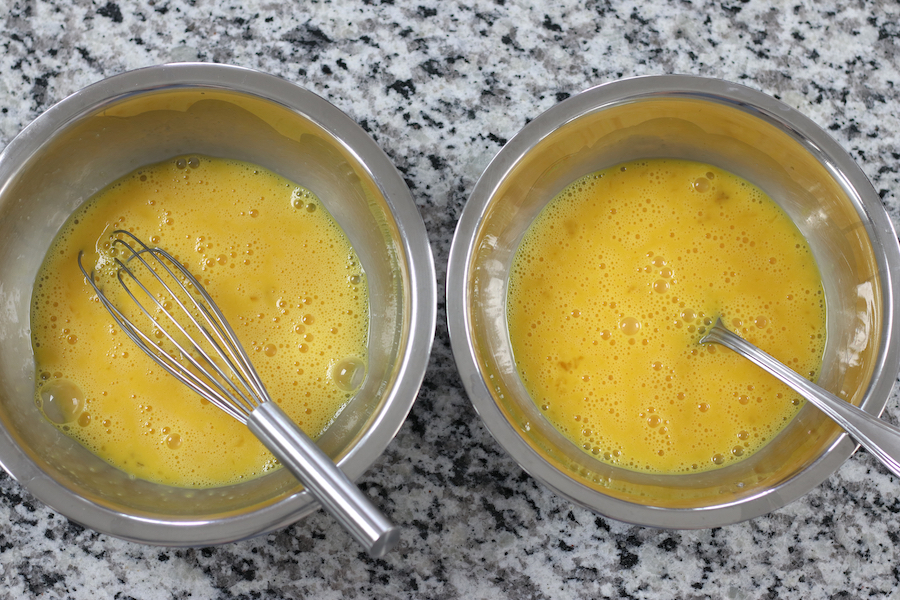
Doing a quick Google search and you will find recipe post after recipe post swearing by using a whisk rather than a fork to whisk the eggs.
I whisked 4 eggs in separate similar sized bowls. One bowl I used a whisk to beat the eggs and the other bowl I used a fork. I literally saw no difference between the two eggs. In fact, using a fork to whisk the eggs was easier. However, regardless of which tool you use, the secret is to whisk long enough that air bubbles are formed. Also, the yolks should be fully incorporated into the whites.
Large Curds vs Tiny Curds
A Scrambled Egg Curd is basically the size of the pieces of the Scrambled Eggs. The texture of small, medium and large curds is going to change the texture of the eggs. Which to choose very much boils down to personal preference. Here are a few tips on how to achieve each type.
Large Curds– Cook over medium heat and stir infrequently. This type of curd is best for little ones who eat with their fingers. Note: Proceed cautiously with little ones who try to put the whole curd in their mouth. Medium curds may be a better alternative.
Medium Curds– Cook over medium/low heat and stir while cooking somewhat frequently.
Small Curds– Cook over low heat stirring frequently. This approach is going to take more time and a good amount of patience.
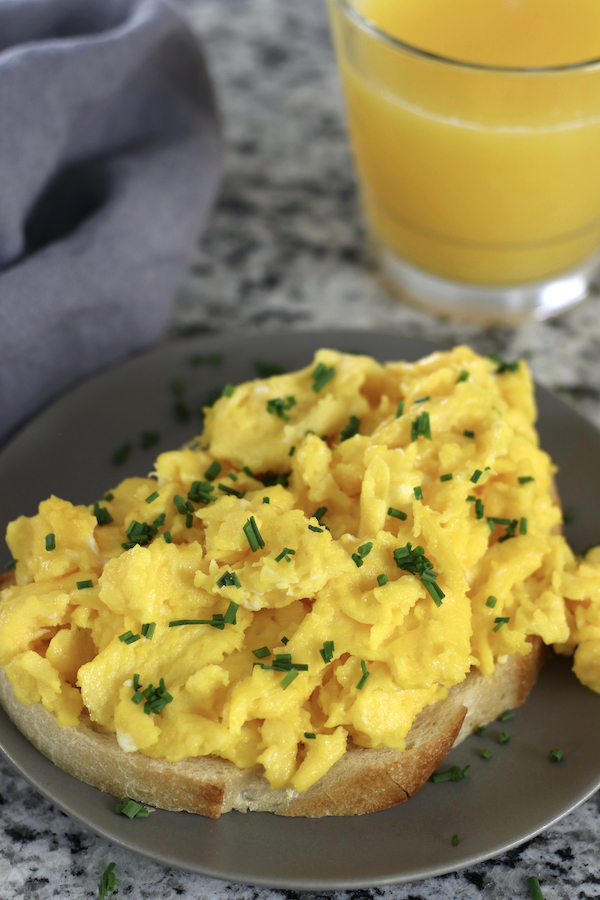
Moist Scrambled Eggs {not everyone loves super moist eggs}
The secret to making moist Scrambled Eggs is taking the eggs off of the heat while they are still glossy. Some people love extremely glossy Scrambled Eggs and others feel like these type of eggs are too soupy. Yet again, this is a personal preference. For my family, I take them off heat with just a slight amount of gloss as you can see in the photos above.
How To Make Scrambled Eggs
- Crack eggs by swiftly tapping each egg against the countertop and then using your thumbs to separate the egg from the shell. Add eggs to a medium sized mixing bowl.
- Sprinkle the eggs with salt and add a small amount of either milk or mayo if desired.
- Using a fork or a whisk, whisk the eggs until light and frothy, about 2 minutes. Also, the yolks should be entirely incorporated into the egg whites.
- Place a medium sized healthy nonstick frying pan over medium heat.
- Add a small amount of fat (butter, oil, lard, etc.) to the pan. Note: If using butter or lard, allow the the fat to melt completely before adding the eggs.
- Cook the eggs over medium heat stirring frequently for small curds and slower for larger curds. Cook to desired doneness.
Variations
Listed below are delicious and fun ingredients to add to Scrambled Eggs. It is important to note that when adding veggies they should be sautéed first in a small amount of fat. To prevent the Scrambled Eggs from becoming too watery, transfer the sautéed veggies to a paper towel lined plate. The paper towel will absorb the extra moisture. Proceed with cooking the eggs and add the veggie mixture halfway through cooking.
- Vegetables– Approximately 2 cups of various veggies such as broccoli florets, sliced mushrooms, diced onion, baby spinach, diced bell pepper, diced tomatoes, diced zucchini or yellow squash, diced black olives and of course topped with fresh sliced avocado after cooking.
- Meats– Scrambled Eggs are absolutely delicious with the addittion of Italian Sausage, Homemade Chorizo, smoked salmon, Breakfast Sausage, leftover Carnitas meat, bacon and Shredded Chicken. Note: When using raw sausage it is important to precook the sausage before adding to the whisked eggs.
- Cheese– Feta, cheddar, goat cheese, gouda, blue cheese, provolone and muenster would all add a creamy decadence when making Scrambled Eggs.
- Herbs– Fresh herbs such as dill, parsley, rosemary, thyme, oregano or basil are all delicious options for eggs. Note: Rosemary, thyme and oregano are all stronger herbs that some may find too powerful for eggs.
- Toppings– Cracked black pepper, chopped chives, sliced avocado, Pico de Gallo, Homemade Guacamole and sour cream.
Summary of Top Tips
- Salt before Cooking– Adding the salt before cooking allows the salt to disperse among the eggs. In other words, the Scrambled Eggs will be well seasoned.
- Nonstick Pan– Using a healthy nonstick pan is the best way to cook scrambled eggs.
- Small Amount of Fat– Adding a small amount of fat to the frying pan before cooking will create and better textured eggs.
- Control Heat Level– Scrambled Eggs should be cooked on heat no higher than medium heat. When making a medium curd, lower the heat to medium/low. For a small curd use low heat.
- Agitation– In other words, how frequently the eggs are stirred while cooking. Stirring frequently will create small curds, while stirring infrequently will create large curds.
Frequently Asked Questions
Can nut milk be used instead of cows milk?
Yes. However, nut milk tends to not be as creamy and rich as regular whole milk. Because of this and the fact that delicious Scrambled Eggs can be made with any additional liquid, I would recommend to make the eggs without nut milk.
Why are my Scrambled Eggs weeping?
Generally Scrambled Eggs will weep when additional veggies are not properly added. It is best to sauté the veggies first and then transfer to a paper towel lined plate. This will help to absorb the excess moisture. Add the cooked veggies to the Scrambled Eggs halfway through cooking.
Should a spatula or bowl scrapper be used while making scrambled eggs?
There are so many recipe creators who swear by only using a bowl scraper to cook Scrambled Eggs. However, I have used both a wooden spatula, a plastic spatula and bowl scrapper all successfully.
When should the salt be added to the eggs?
Add the salt before whisking the eggs. This helps the salt to dissolve and disperse within the eggs.
What are French style scrambled eggs?
This is a cooking method that produces small curds in a sauce that is incredibly creamy. In other words, rather soupy eggs.
More Tasty Breakfast Recipes
Crustless Spinach and Feta Quiche
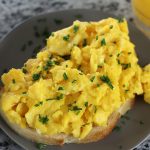
Scrambled Eggs
Ingredients
- 4 large Eggs
- sprinkle of salt *also a small amount of black pepper if desired
- 1 tablespoon mayonnaise *optional, see Note #1 below
- 1 teaspoon oil
Instructions
- Crack eggs by swiftly tapping each egg against the countertop and then using your thumbs to separate the egg from the shell. Add eggs to a medium sized mixing bowl.
- Sprinkle the eggs with salt and add a small amount of either milk or mayo if desired.
- Using a fork or a whisk, whisk the eggs until light and frothy, about 2 minutes. Also, the yolks should be entirely incorporated into the egg whites.
- Place a medium sized healthy nonstick frying pan over medium heat.
- Add oil to the pan. See Note #2 below.
- Add the eggs to the pan and cook over medium heat stirring frequently for small curds or slower for larger curds. Cook to desired doneness, however cooking to the point where the eggs slightly glisten will ensure that they remain moist. See Note #3 below.
Video
Notes
- Milk– Adding approximately 1-2 tablespoons of whole milk to 4 large eggs will create softer curds. However, the downside is that the flavor of the eggs will be diluted.
- Mayonnaise– The addittion of 1-2 tablespoons of mayo to 4 large eggs will create a richer and more luxurious Scrambled Eggs. Similarly to adding milk, the addittion of mayo can dilute the flavor slightly.

